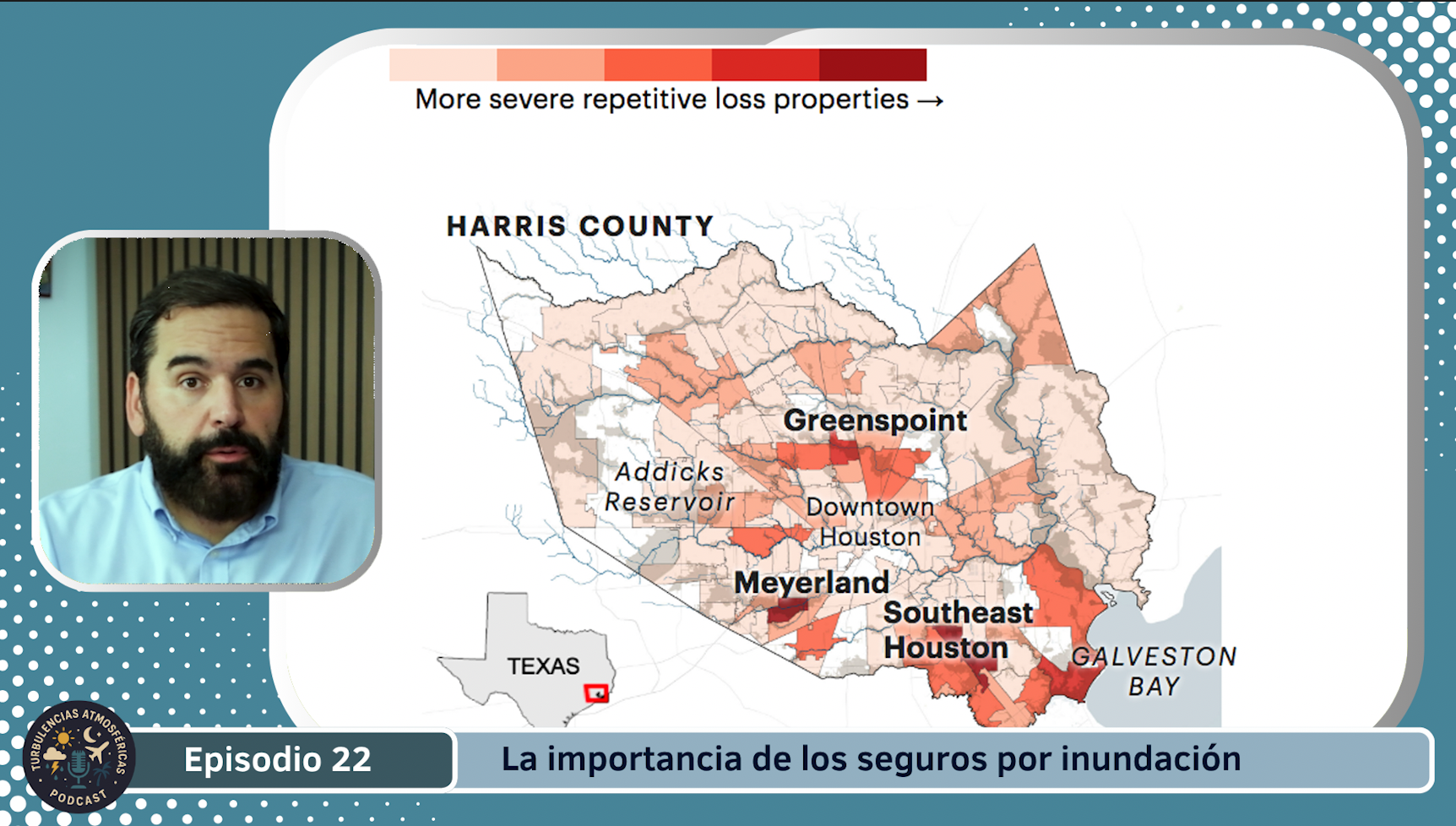
The time change has arrived
Daylight saving time comes to an end this Sunday, and for many people it's a bittersweet time. Adjusting to the change can be a challenge, and it seems to cost a little more each year.
Important points
This Sunday marks the end of Daylight Saving Time, when most people in the U.S. “turn back” the clock one hour.
Here's your warning: the time change is coming. Here's what you need to know about the end of daylight saving time and how to prepare yourself and your family before it happens.

When does Daylight Saving Time end?
Clocks will be officially set back one hour at 2 a.m. Sunday morning.
If you use your smartphone as an alarm, you don't need to do anything. However, if you rely on an analog or digital watch that is not connected to Wi-Fi, set it back one hour before you go to sleep.
THE HISTORY OF DAYLIGHT SAVING TIME
Daylight saving time applies from second Sunday in March to first Sunday in November, according to the U.S. Department of Transportation, which has overseen this change since 1966, when Congress transferred responsibility from the Interstate Commerce Commission.
Where does the time change in the United States?
The time change is observed throughout the country, except in Hawaii and most of Arizona, The Navajo Nation, which remains on standard time year-round. To complicate matters, the Navajo Nation inside Arizona daylight saving time does apply. Some U.S. territories, such as Puerto Rico and the Virgin Islands, Nor do they change the time twice a year.

WILL DAYLIGHT SAVING TIME BE MADE PERMANENT?
There have been several attempts to make Daylight Saving Time permanent through the so-called Sunshine Protection Act (Sunshine Protection Act). However, the bill has not yet been passed by the House or signed by the President into law.
How to help children adjust to the time change
The transition to standard time (and vice versa) can be complicated for young children and their parents. Several sleep experts offer recommendations to help children adjust to the change.
The infant sleep specialists at “Moms on Call”.” propose five steps to ease the transition, starting with putting children to bed at their usual time on Saturday night.
According to Moms on Call, adaptation may take a few days. three days to be completed for the whole family.
The most important recommendation of all experts is maintaining the sleep routineWhether it's bottle, bath and story, or whatever sequence works best for your child.
In this link you can see canalmeteo live.





